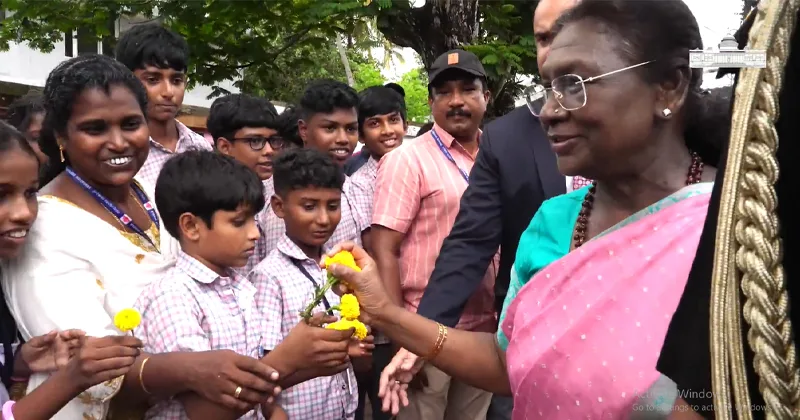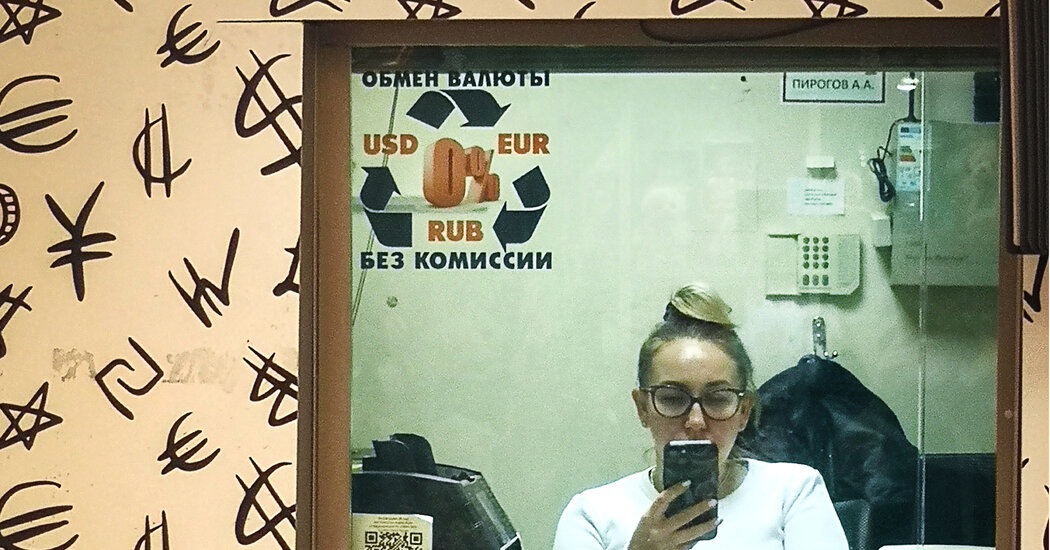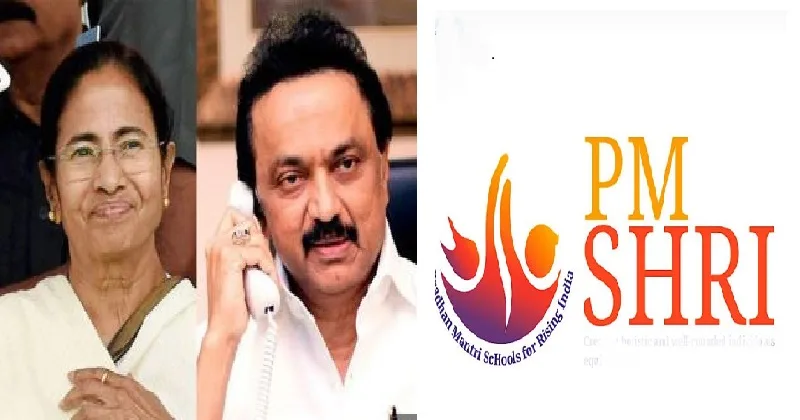Copyright The Philadelphia Inquirer

Philadelphia has lost 187 people to homicide this year. With just over two months left in 2025, this represents a marked improvement over the pandemic era, a time when the city experienced more than 500 killings annually. This reduction — along with an increase in the number of homicide cases detectives are solving — is worth celebrating. But, as evidenced by the horrific killing of Kada Scott and far too many other calamities, there is still much more to be done. Even if homicides remain under 240 killings this year, which would be the lowest number since the 1960s, it would still leave the city with a homicide rate that is triple that of New York or Boston. That’s not to say there hasn’t been important progress. In 2020, when gun violence was beginning to surge, City Council authorized the “100 Shooting Review,” which identified weaknesses in the criminal justice system and outlined a series of recommendations to cool the violence. In 2021, Philadelphia invested more than $150 million in violence prevention and intervention programs. The disbursement of those funds was marked by instances of disorganization and insufficient oversight. However, according to those who study urban violence, the money served its purpose. » READ MORE: Lessons must be learned after criminal justice system fails Kada Scott | Editorial A report from the Coalition to Save Lives credited community programs, including city-funded initiatives, with helping to reduce gun violence. Community leaders like the Rev. Carl Day, pastor of the Culture Changing Christians Worship Center, also stepped up, even without city support. Thanks, in part, to new technology and the installation of high-definition cameras across the city, police are now solving between 85% and 91% of homicide cases, a 40-year high. The clearance rate — or the percentage of homicides that have been solved — had dipped as low as 42% in recent years, meaning killers were more likely than not to get away with murder in Philadelphia. Beyond providing closure for families and accountability to perpetrators, solving cases and prosecuting offenders can also help deter future acts of violence. According to crime researchers, certainty of punishment is one of the most effective deterrents for those who are likely to kill. This effect is particularly strong for younger offenders, who tend to act impulsively. Given that gun violence among teens continued to rise despite the progress made in other age groups, continuing to improve the clearance rate is essential. » READ MORE: Environmental and energy concerns are crucial in data center development | Editorial Solving cases also helps to prevent cycles of retributive shootings by gang members. These days, experts say, it is song lyrics and social media beefs that drive many conflicts between rival gangs, not territorial clashes. Solving cases, and doing so quickly, can help intervene before these groups become the next Young Bag Chasers. Despite the drop in the murder rate, Philadelphia still often feels beset by misdemeanors and lower-level felonies that contribute to an overall sense of disorder. Reckless driving permeates nearly all corners of the city, many transit stations reek of smoke and urine, illegal dumping plagues communities, blighted buildings like the former Ada H.H. Lewis Middle School attract crime, and police can take hours to respond to calls. Many Center City businesses feel the need to employ armed security due to regular incidents involving thieves or emotionally disturbed people. In August, a security guard at a women’s clothing store fired a warning shot at a man who was harassing the staff. Earlier this month, a security guard at an IHOP in Center City was charged with murder after shooting a man who allegedly spat on her. Buying clothes and eating pancakes should not feel like a trip to the Wild West, nor should crossing the street feel like a game of Frogger. Philadelphia’s leaders, including Police Commissioner Kevin J. Bethel, deserve credit for the progress the city has made in providing justice and reducing gun violence. But the job is far from over.



